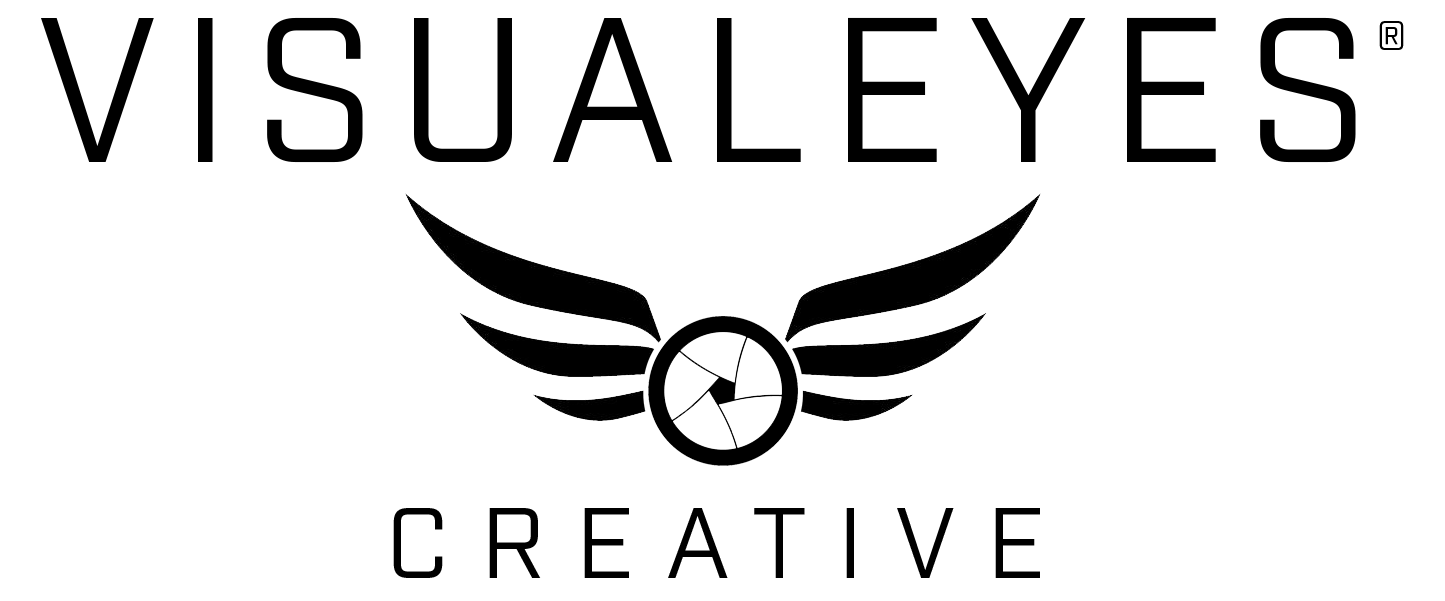Aerial Survey and Inspection
Aerial Survey and Inspection using Drones is a cost effective Solution
Aerial survey is a method of collecting geomatics or other imagery by using aeroplanes, helicopters, UAVs, balloons or other aerial methods. Typical types of data collected include aerial photography, LiDAR, remote sensing (using various visible and invisible bands of the electromagnetic spectrum, such as infrared, gamma, or ultraviolet) and also geophysical data (such as aeromagnetic surveys and gravity. It can also refer to the chart or map made by analysing a region from the air. Aerial survey should be distinguished from satellite imagery technologies because of its better resolution, quality and atmospheric conditions. Today, aerial survey is sometimes recognized as a synonym for aerophotogrammetry, part of photogrammetry where the camera is placed in the air. Measurements on aerial images are provided by photogrammetric technologies and methods.
Aerial surveys can provide information on many things not visible from the ground. We always outsource traditional ground survey requirements to licensed survey professionals that will set ground control and tie in the gathered data!
Benefits
Ease of Deployment
Drones are capable of completing survey jobs in less than half the time of a traditional survey methods. Surveys that once took weeks to complete, can now be done in less than a few days. This allows for surveyors to complete more projects in less time.
Reduced Risk
Using UAS for data collection reduces the need for workers to enter potentially hazardous areas. The small, portable size of drones make them ideal for collecting data in a variety of different environments like roadways and steep terrain.
Detailed Data
Drones equipped with imaging software makes it easy to turn images into a wide variety of georeferenced 2D maps and 3D models. For example, the DroneDeploy Software includes a thermography feature that creates radiometrically-accurate maps and gives temperature values of each pixel.
“Aerial surveys can provide incredible accuracies for a fraction of the price of a conventional survey!”
More and more...
More and more companies are using unmanned aerial systems (UAS or drones) for surveys and mapping. For instance, DroneDeploy users have mapped over 10 million acres, which generated an estimated $150 million for the commercial drone industry!
Terms Used in Aerial Survey
Exposure Station or Air Station
The position of the optical centre of the camera at the moment of exposure
Flying Height
The elevation of the exposure station above the datum (usually mean sea level)
Altitude
The vertical distance of the aircraft above the earth surface
Tilt
The angle between the aerial camera and the horizontal axis perpendicular to the line of flight
Tip
The angle between the aerial camera and the line of flight
Principal Point
The point of intersection of the optical axis of the aerial camera with the photographical plane
Isocenter
The point on the areal photograph in which the bisector of the angle of tilt meets the photograph
Nadir Point
The image of the nadir, i.e. the point on the areal photograph where a plumbline dropped from the front nodal point pierces the photograph
Scale
ratio of the focal length of the camera objective and the distance of the exposure station from the ground


